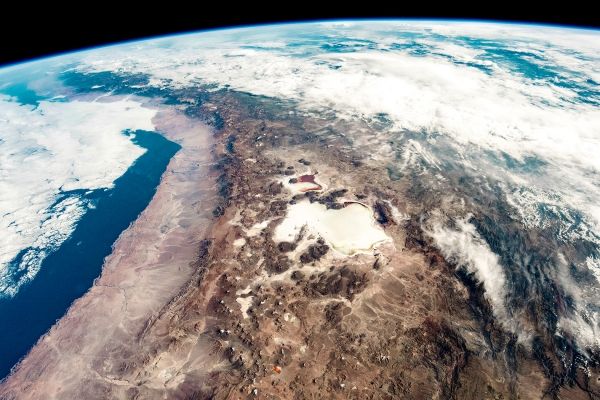Which forces and mechanisms determine the height of mountains? A group of researchers from Münster and Potsdam has now found a surprising answer: It is not erosion and weathering of rocks that determine the upper limit of mountain massifs, but rather an equilibrium of forces in the Earth's crust. This is a fundamentally new and important finding for the earth sciences. The researchers report on it in the scientific journal Nature.
The highest mountain ranges on Earth – such as the Himalayas or the Andes – arise along convergent plate boundaries. At such plate boundaries two tectonic plates move toward each other, and one of the plates is forced beneath the other into the Earth's mantle. During this process of subduction, strong earthquakes repeatedly occur on the plate interface, and over millions of years mountain ranges are built at the edges of the continents.
Whether the height of mountain ranges is mainly determined by tectonic processes in the Earth's interior or by erosional processes sculpturing the Earth's surface has long been debated in geosciences.
A new study led by Armin Dielforder of GFZ German Research Centre for Geoscience now shows that erosion by rivers and glaciers has no significant influence on the height of mountain ranges. Together with scientists from the GFZ and the University of Münster (Germany), he resolved the longstanding debate by analysing the strength of various plate boundaries and calculating the forces acting along the plate interfaces.
Read more at GFZ German Research Centre for Geosciences
Image: The Andes seen from space. CREDIT: NASA


